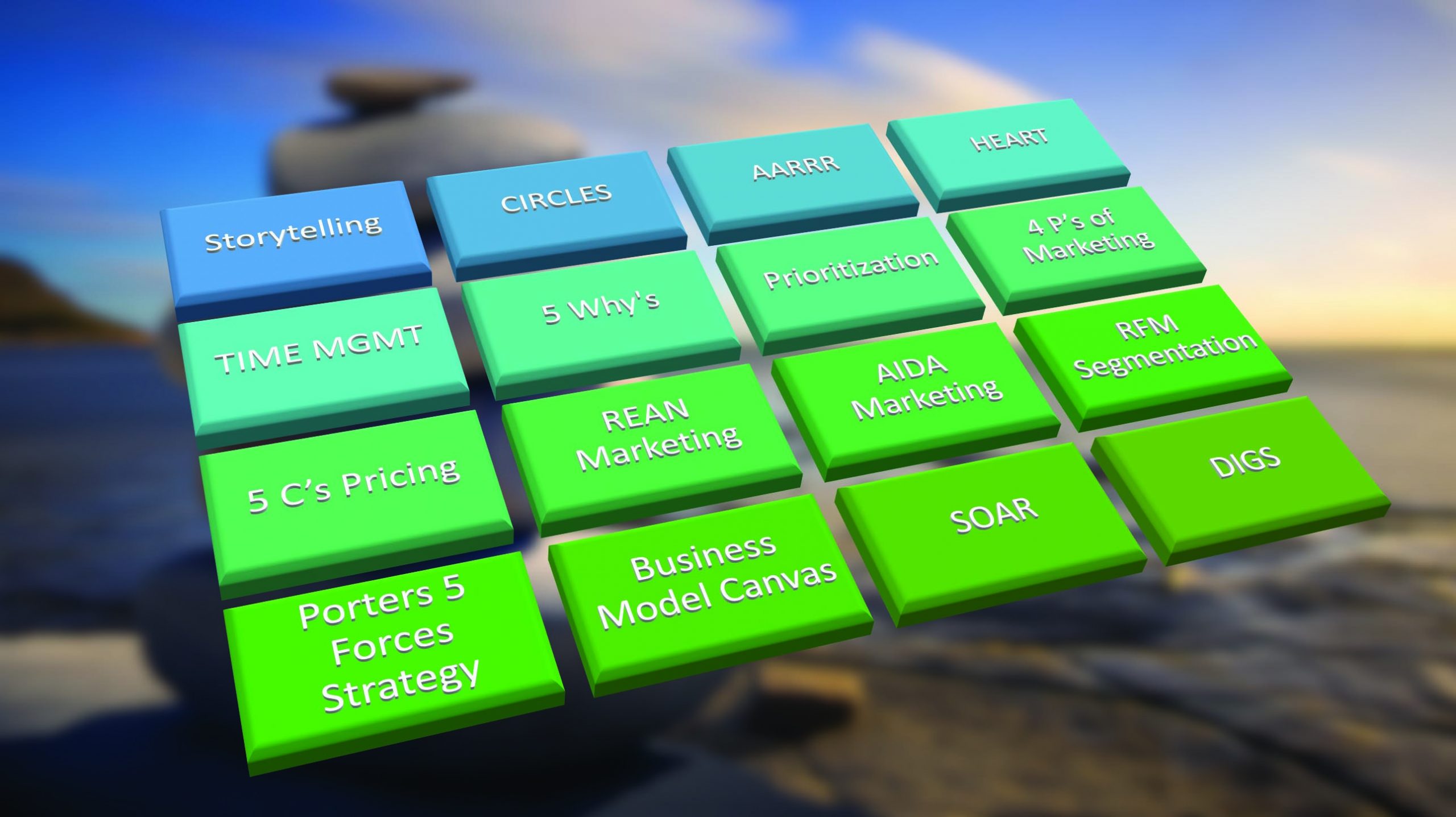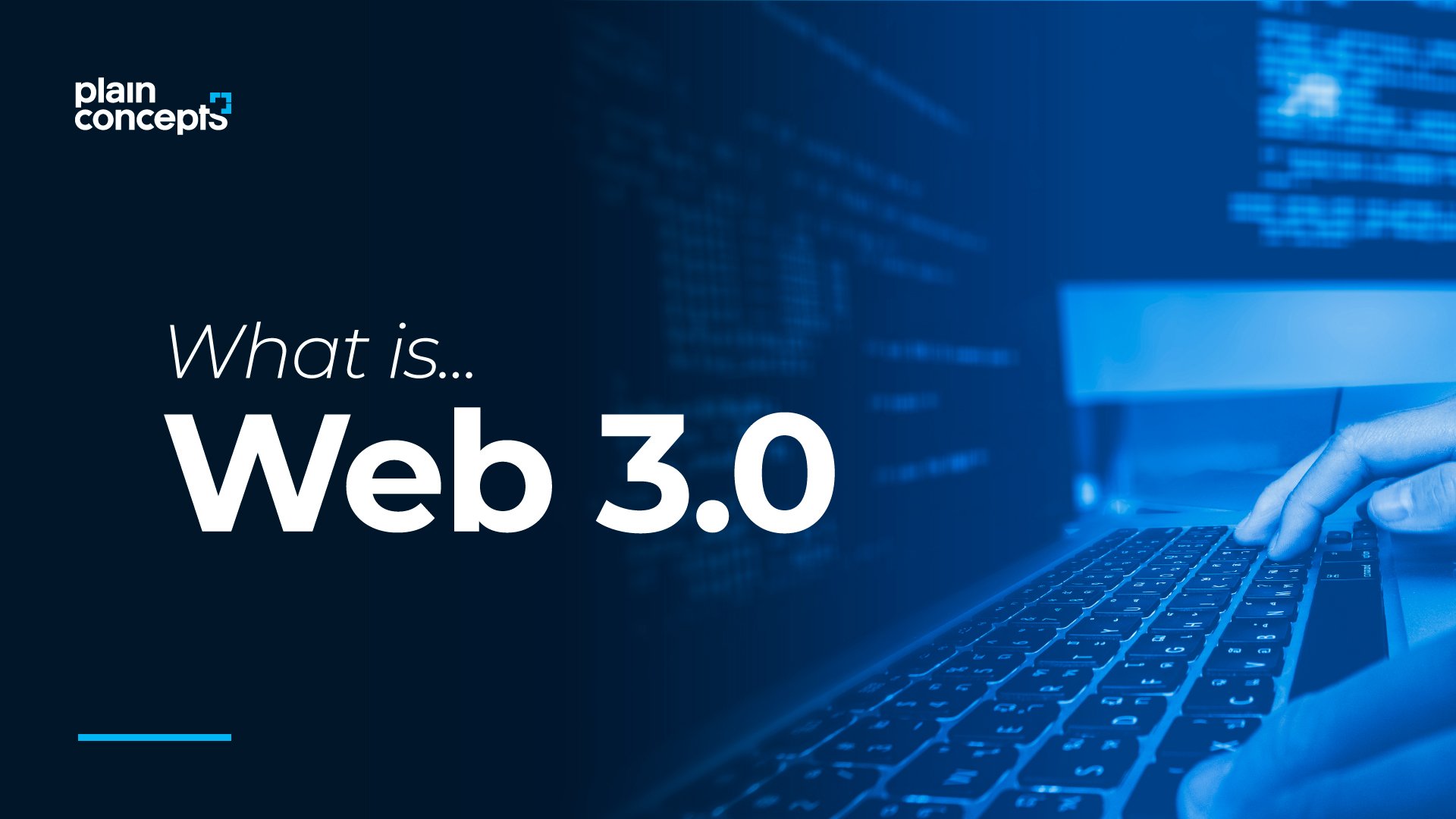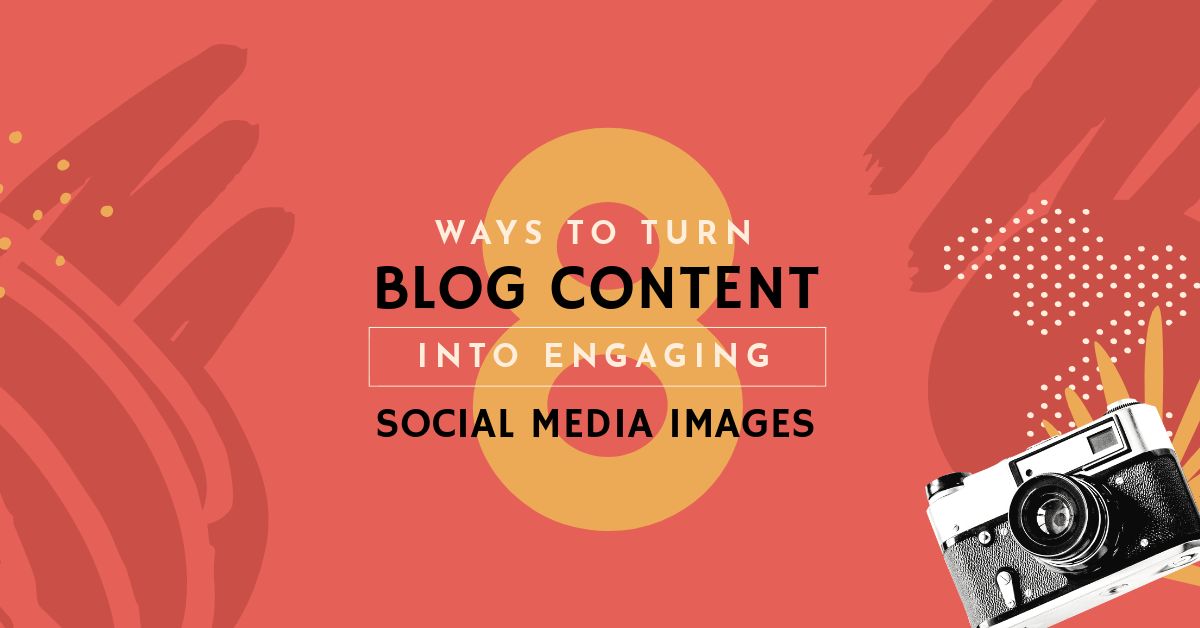
A New Zealand study recently reported that social media has little impact on our well-being.
As a researcher who has spent almost 10 years investigating the effects of screens on young people and their families, I find headlines like this concerning. While we need to be cautious not to demonise new technologies, we also need to be wary of drawing definitive conclusions from single studies that appear to ‘let us off the hook’.
Assuring us that in order to have a significant impact on our mental health we “would need to spend a ‘ridiculous, if not impossible’ amount of time on social media” might be music to some people’s ears – but I would caution against taking it at face value.
For starters, we don’t have a good measure of social media. The New Zealand study relies on a single question about ‘time’ spent on social media in the last week. But I couldn’t tell you how much time I spent on social media in the last week. In fact, I probably couldn’t tell you how much time I spent on social media this morning.
And what is social media anyway? The researchers didn’t define it. Perhaps because it’s an elusive concept that is hard to pin down. Most would agree that time spent scrolling on Instagram qualifies as social media use. But what about time spent commenting on news articles? How about messenger groups or sharing memes with friends?
And even with a clear definition, we still need to know about content. And context. Hey, it turns out that social media use is complex behaviour – and therefore difficult (if not impossible) to capture with a single question.
No, we are not 100 percent certain of the impact social media is having on our well-being and the well-being of those around us. But that uncertainty shouldn’t mean it’s time to declare it a harmless activity – which we seem so keen to do.
But let’s set aside this measurement issue for a moment. Do the study findings mean that everyone can safely use social media as much as they like? Again, caution is advised.
Even if social media use is safe for me (an adult somewhere within the age range of 18-95 years used in the study), we can’t extrapolate this out to mean that social media is safe for children and teens. Perhaps younger generations are more vulnerable to the negative effects of social media, or are likely to use social media in a way that is more damaging to their mental health. It isn’t a stretch to imagine that the mental health of a parent sharing family photos on WhatsApp might be impacted differently than, say, that of a teenage girl endlessly scrolling Instagram feeds.
And while we’re at it, it also doesn’t mean that my social media use is healthy for everyone around me. Is my husband okay sharing my attention at the end of the day with other people? People I hardly know? Strangers, even. What about my kids? Are they affected by my social media use?
Researchers haven’t ruled out the possibility of a ‘secondhand social media’ effect. If I’m on social media for, let’s say, five hours a day – which is presumably less than the ‘ridiculous, if not impossible amount of time’ necessary to negatively impact my mental health – then I probably wouldn’t qualify as a responsive parent. My ‘healthy’ amount of use suddenly doesn’t seem ‘healthy’ for my kids. Because being a responsive parent, which involves actually looking at, engaging with, and responding to my kids, is vitally important for their well-being. And if I’m engaging with social media, I’m probably not engaging with them.
Lack of evidence for harm in one study is not proof that there is no harm.
And actually, if my social media use is negatively impacting my kids, then it really is impacting me – just not in a way that is easy to capture in a questionnaire.
I don’t want to be misconstrued here. The collection and analysis of large datasets is an important part of research. It’s just that this sort of data doesn’t always tell the full story. Lack of evidence for harm in one study is not proof that there is no harm. Smoking might be considered ‘safe’ if we were looking at bodyweight, but that doesn’t equate to ‘smoking is safe’.
In the past few years I have learned a lot about the way social media impacts people’s daily lives by sitting down and having face-to-face conversations with them. New Zealand parents really are struggling to keep their marriages together due to conflict over their teen’s social media use. New Zealand kids really are threatening suicide if their phones are taken away. And young New Zealand adults really are wistfully describing their desire to have ‘organic’ relationships. These stories can’t easily be captured by surveys – but these are the stories that have affected me and my work in a profound way.
No, we are not 100 percent certain of the impact social media is having on our well-being and the well-being of those around us. But that uncertainty shouldn’t mean it’s time to declare it a harmless activity – which we seem so keen to do.
And even more importantly, we shouldn’t be immobilised by this uncertainty. Yes we need more quality research, but in the meantime we should focus on what we know protects us and our loved ones from harm – increasing our connections with each other in the real world. People have always and will always need relationships – deep relationships built on trust. And while social media does ‘connect’ us, this connection is often quick and dirty, and a poor substitute for the real thing – ‘organic’ relationships forged in the real world.
[“source=newsroom”]







